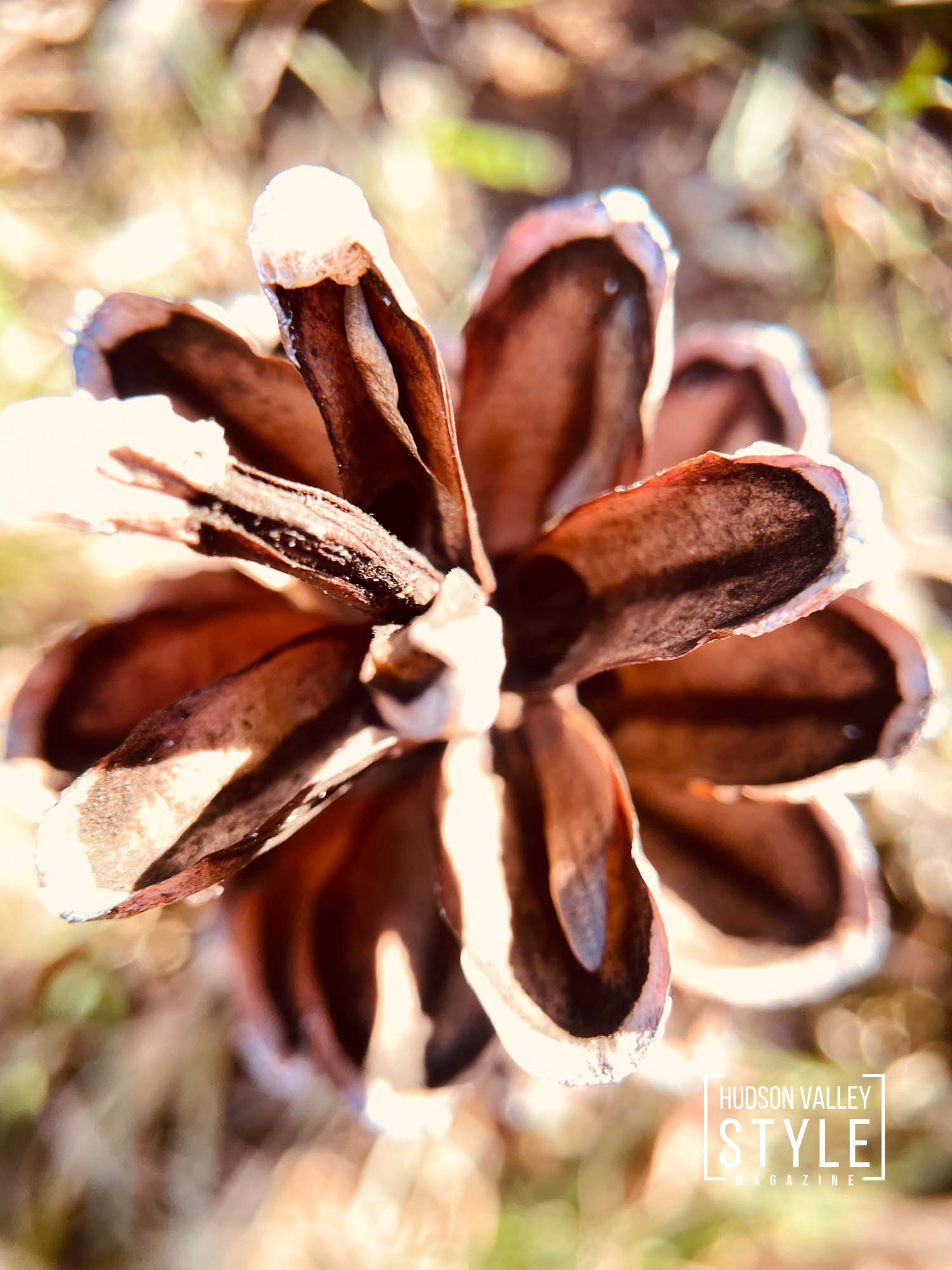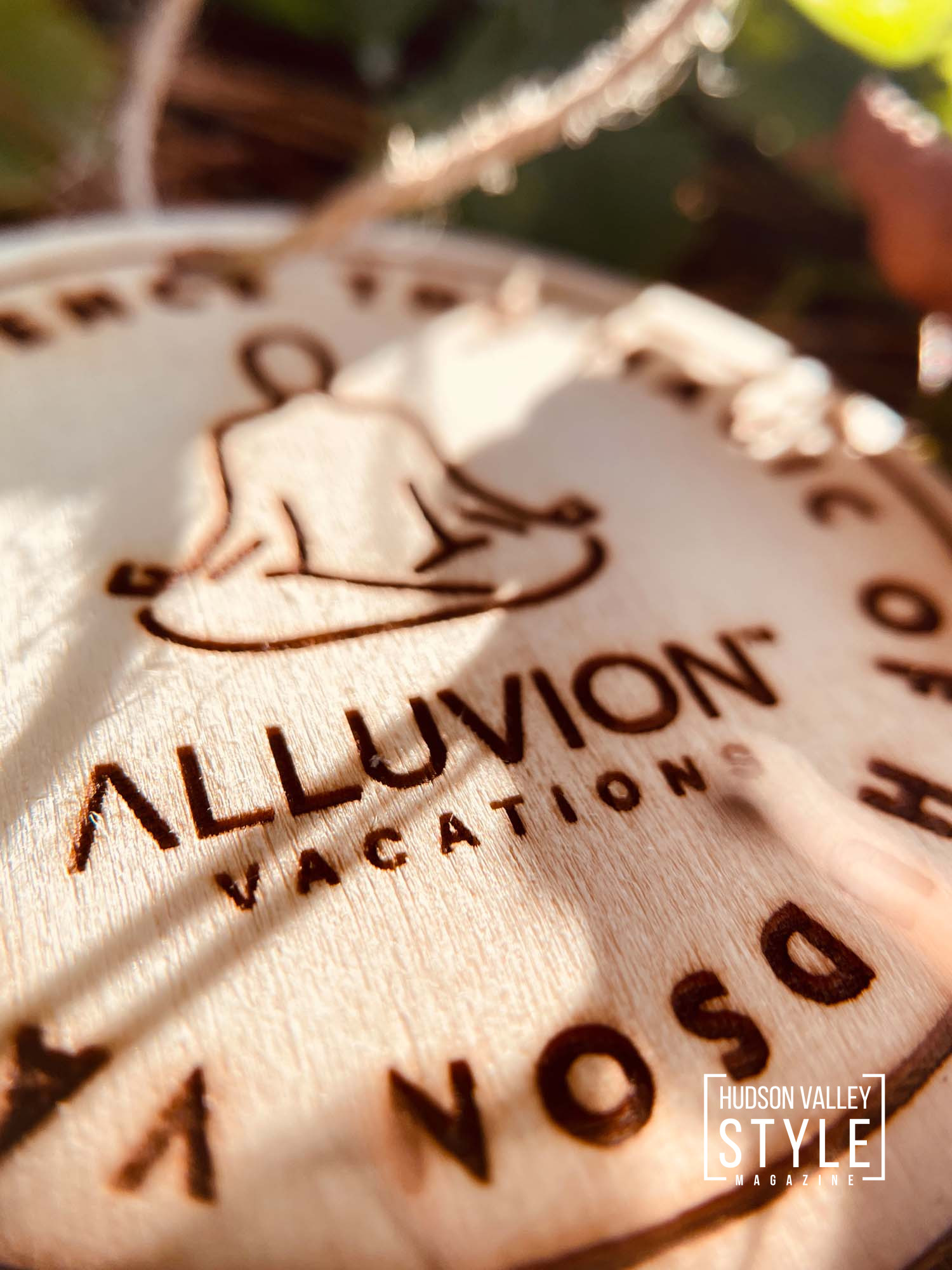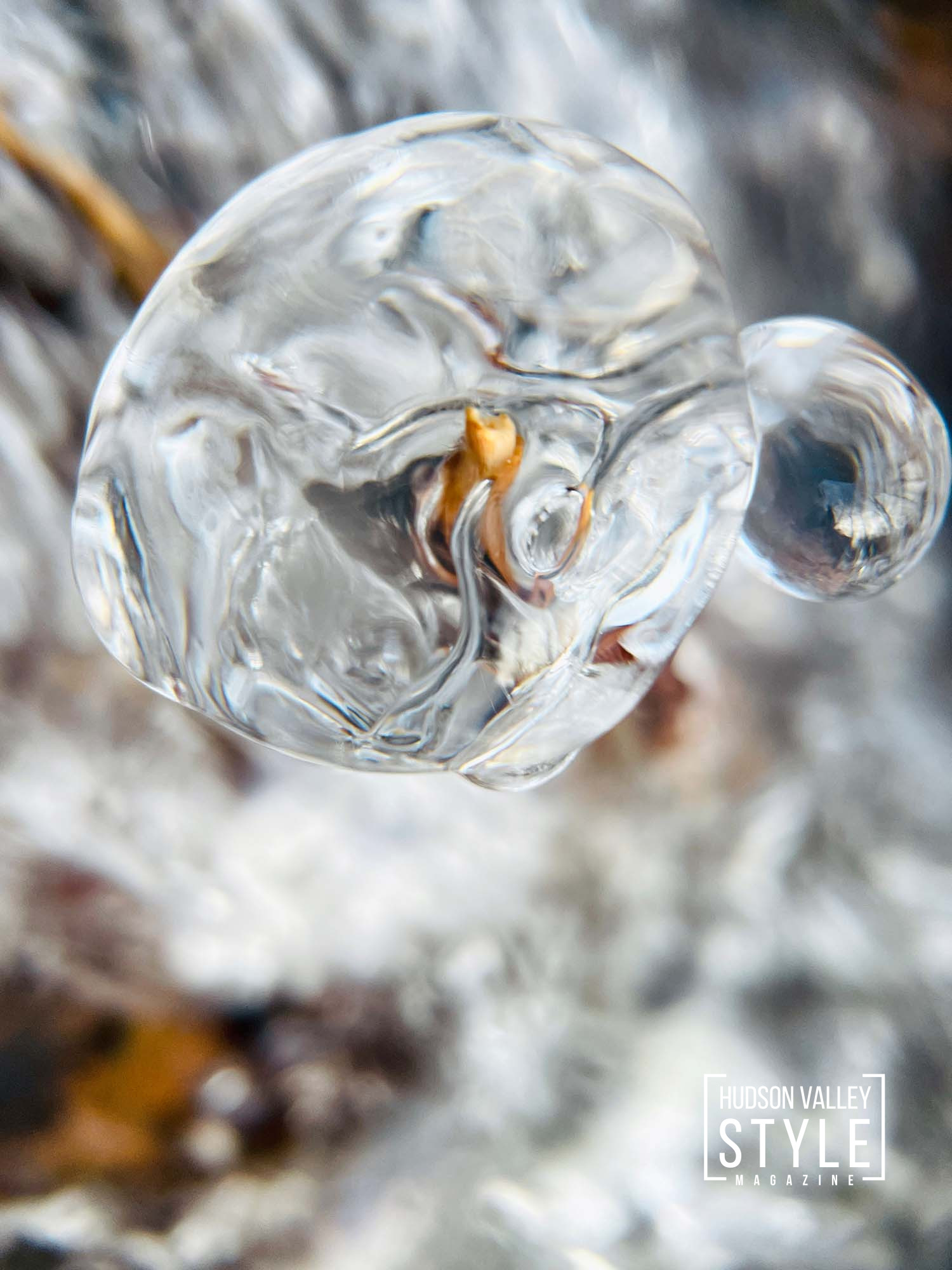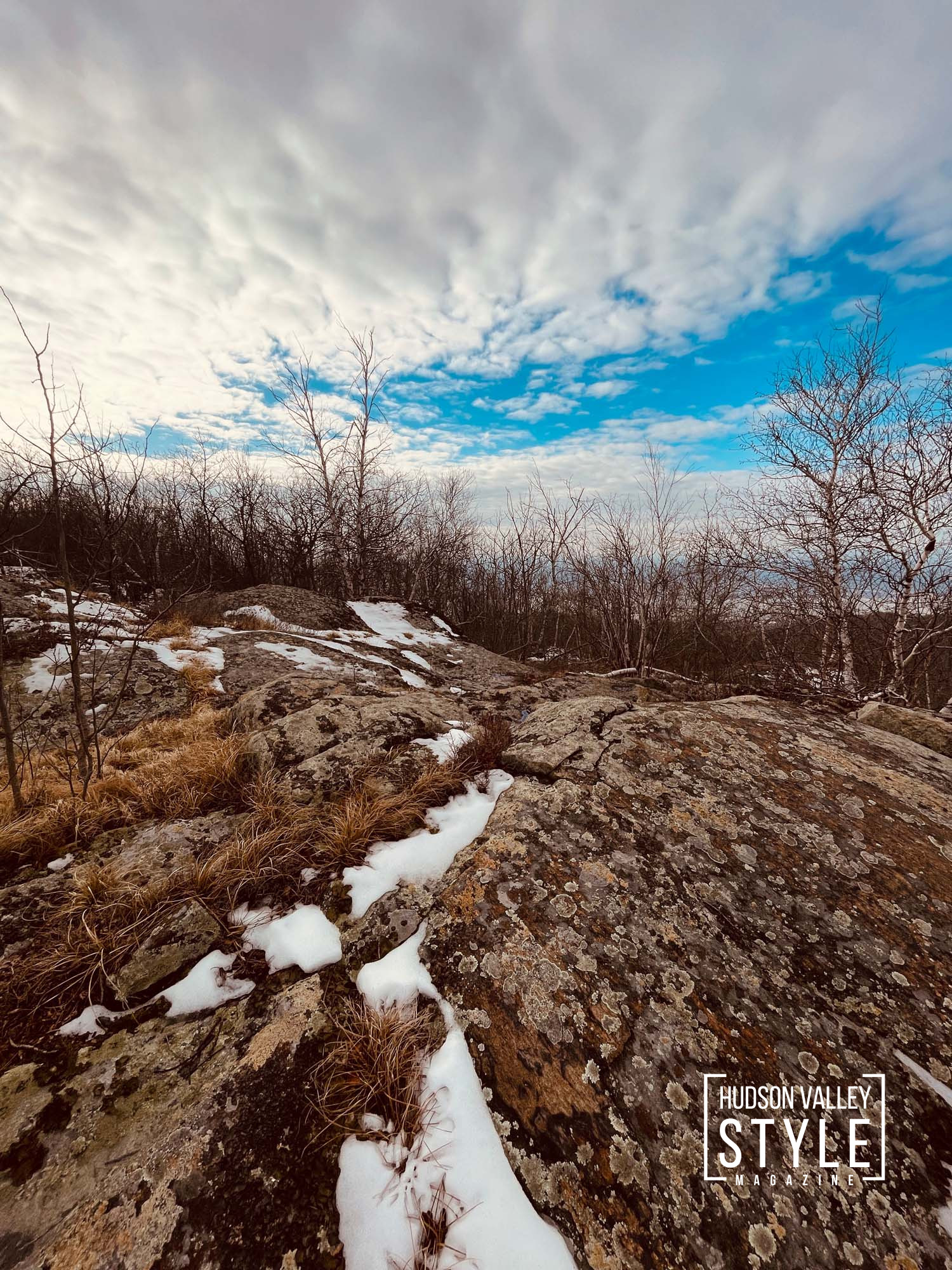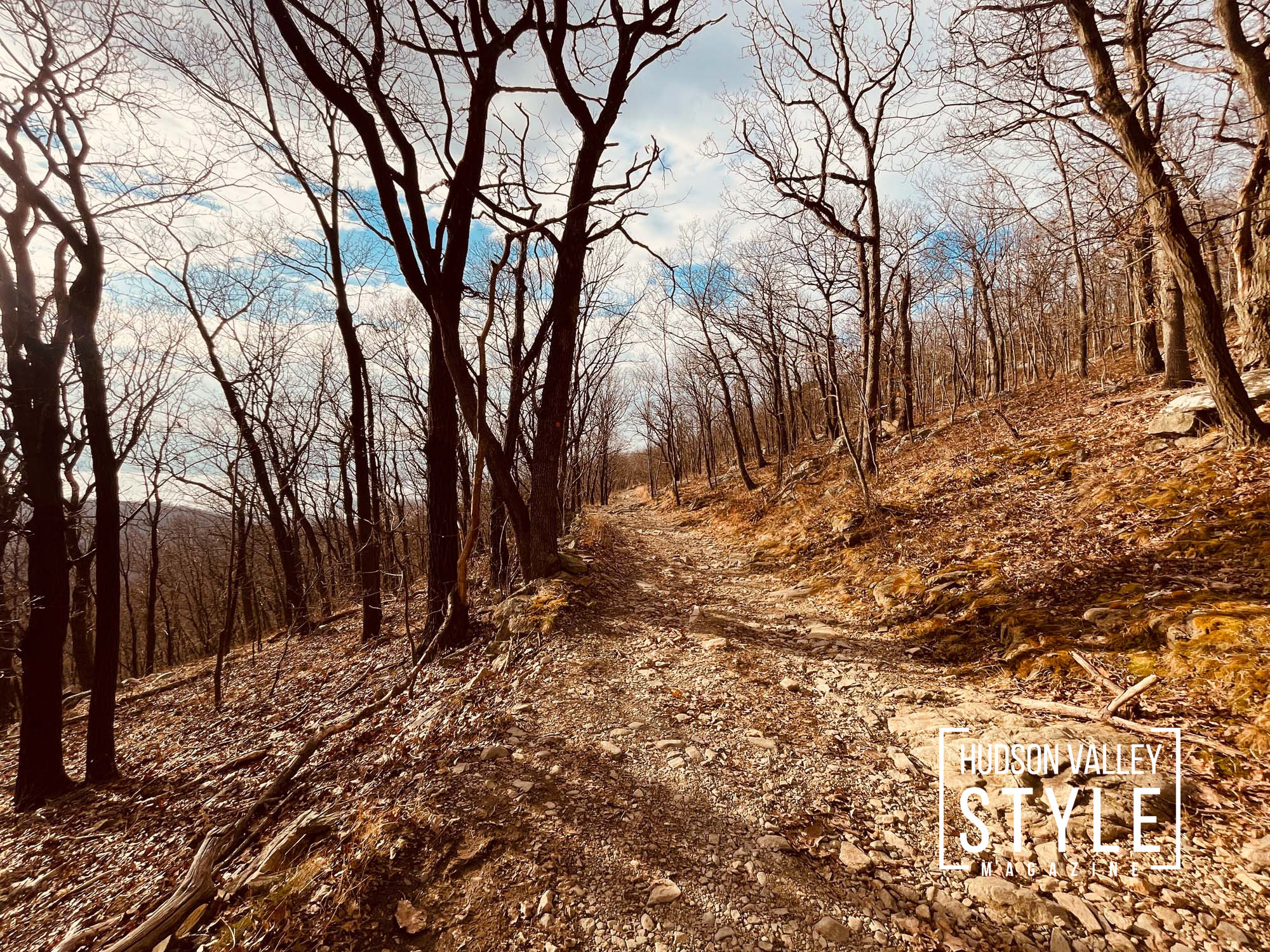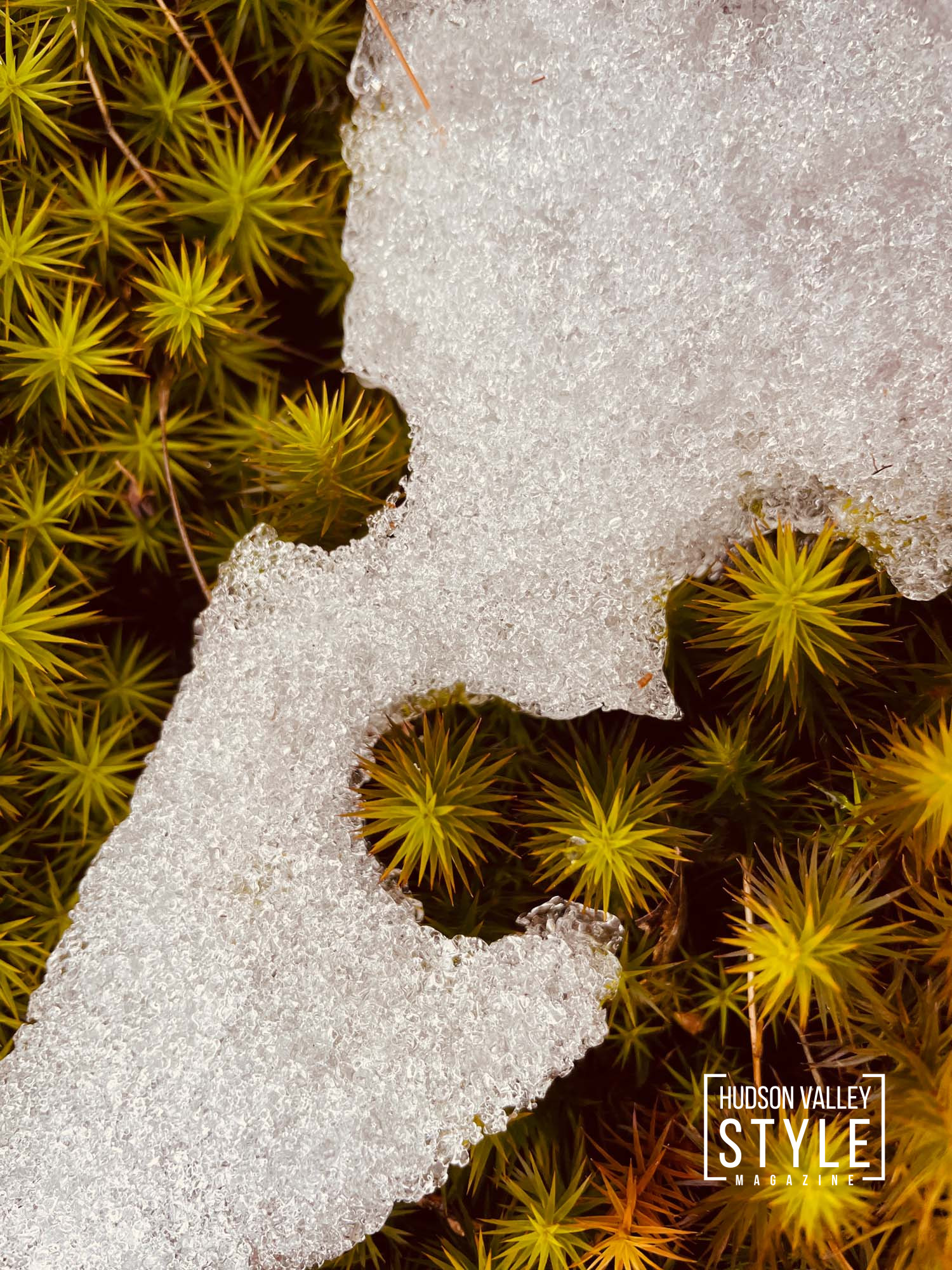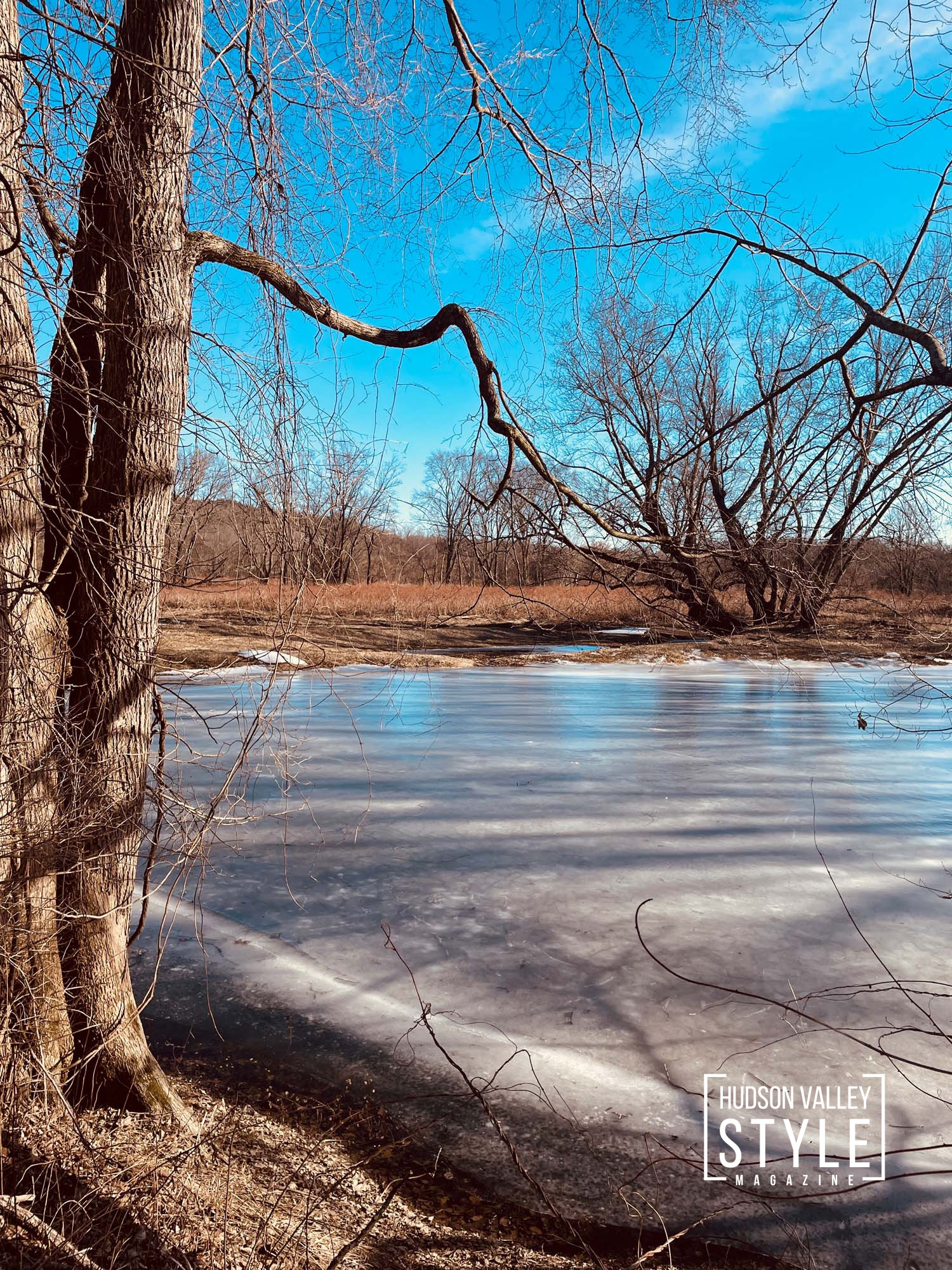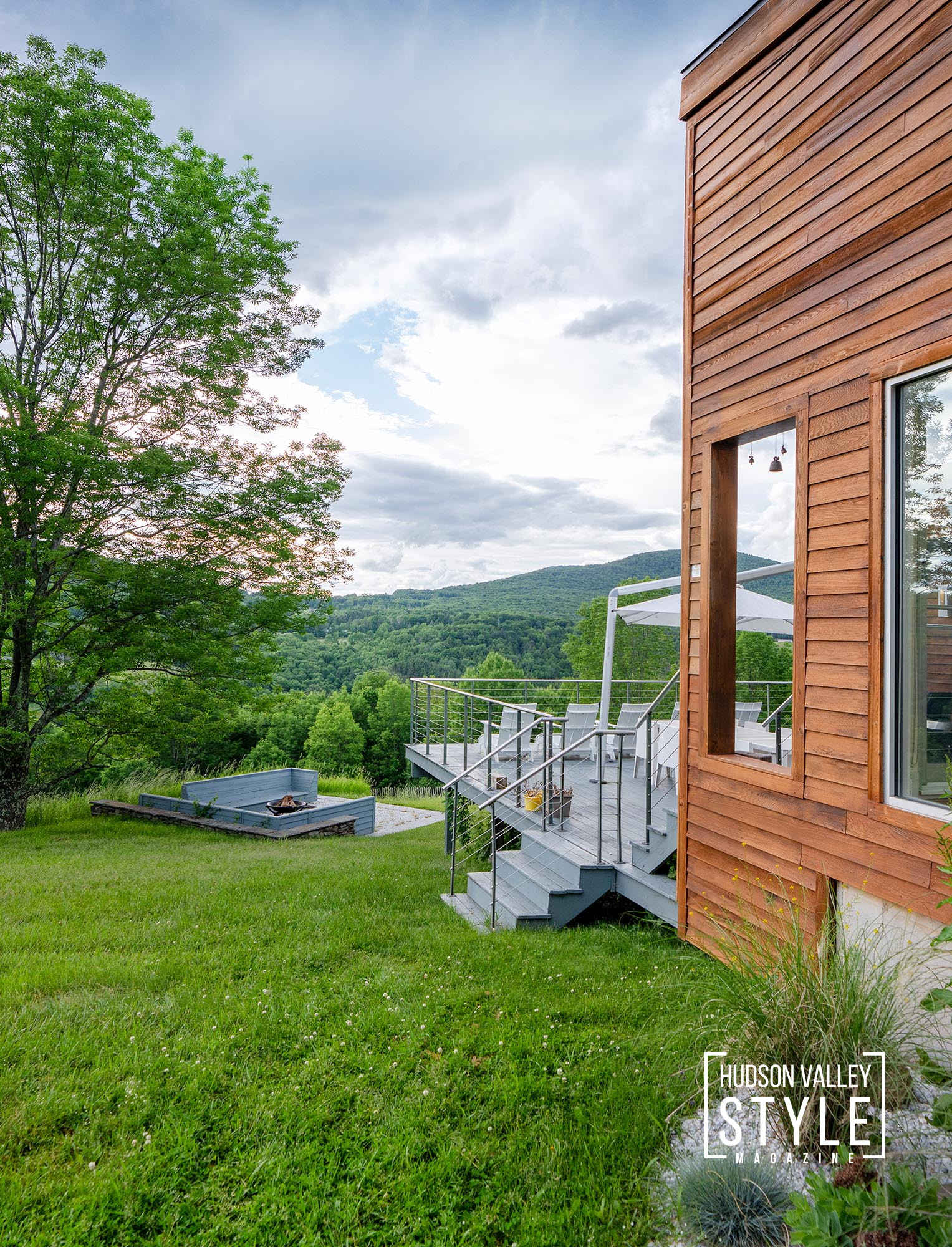As I wander through the ethereal landscapes of the Hudson Valley and Catskills, I can't help but reflect on the profound beauty that surrounds us, a beauty that demands a slower pace, a more mindful existence. Here, amidst the rolling hills, the whispering rivers, and the towering forests, I find my sanctuary, a place where the art of slow living becomes not just a concept, but a lived experience.
Discovering the Poetry of Slow Living in the Hudson Valley and Catskills – Wellness Travel with Nature Photographer Maxwell Alexander – Presented by Alluvion Vacations

The Canvas of Nature
My journey into slow living is deeply intertwined with my passion for nature photography. Through my lens, I capture the transient moments of beauty that these landscapes offer, each snapshot a meditation in itself. This process, for me, is not just about preserving a moment in time; it's a form of communion with the world around me, a way to deeply connect with the environment in a dance of light and shadow, color and form. It's poetic, it's profound, and it's intensely personal.

Meditation in Motion
As I tread softly upon the earth, camera in hand, each step is a meditation, a deliberate, mindful movement that brings me closer to my true self. This connection, this grounding, is what slow living is all about. It's about finding that thread that ties us to the tapestry of life, that reminds us of the beauty of the present moment.

The Symphony of the Senses
In the Hudson Valley and Catskills, every sense is awakened. The scent of the earth after a rain, the sound of leaves rustling in the wind, the sight of the sun casting its golden glow over the mountains—these are the notes of a symphony that plays for those who are willing to listen. To truly embrace slow living here is to allow oneself to be immersed in this symphony, to be fully present and open to the sensory experiences that nature generously offers.

A Call to Creativity
My journey through these landscapes is also a journey of creativity. Nature, in its boundless beauty, inspires me to explore my artistic side, urging me to capture its essence through my photography. But the beauty of slow living lies in the fact that it's not prescriptive; it's not about following a set path. It invites each person to find their own passion, their own way of connecting with their true self and the environment. Whether it's through art, writing, gardening, or simply being in nature, the key is to find that activity that feels like a meditative experience, that brings joy and a sense of oneness with the world.

The Art of Presence
In the end, slow living in the Hudson Valley and Catskills is an art form, one that teaches us the value of presence, of truly living each moment to its fullest. It's a reminder that life, in all its complexity and beauty, is happening right here, right now, and that there's profound joy to be found in simply being.

As I share my journey with you, I invite you to embark on your own exploration of slow living. Find your passion, your own way of connecting with the world, and let it guide you to a more mindful, fulfilling existence. Remember, the art of slow living is not about where you go; it's about how you see the world, how you engage with the present, and how you find your place within the vast, beautiful tapestry of life.

Visual Meditation: Embracing the Intricacies of Nature
Immerse yourself in a visual meditation by deeply exploring the details within a single close-up image of nature's wonders. Select one of the images from my nature photo gallery below – perhaps the intricate dance of ice crystals or the gentle curves of a leaf. Let your gaze softly focus on the picture and surrender to the intricate details before you. Allow your breath to flow naturally as you begin this journey of stillness and observation.

Step 1: Begin With Breath
Take a deep breath in, and as you exhale, let your shoulders fall away from your ears, releasing any tension. Let your eyes rest on the image you've chosen, and prepare to explore its depths.

Step 2: Observe the Macro Beauty
Notice the overall composition of the image – the balance of colors, the distribution of light and shadow, and how your chosen element sits within the space. Feel the beauty of the scene as a whole, letting it set a calming backdrop for your meditation.

Step 3: Dive Into the Details
Now, let your eyes wander to the finer details. If it's a leaf, observe the veins that run through it, the edges where light meets dark, and the droplets of water that may adorn its surface. If it's ice, notice the bubbles trapped in suspension, the way the light refracts through its translucence, and the myriad of shapes no two alike.

Step 4: Follow the Textures
Allow your eyes to trace the textures within the image. Imagine the tactile sensations – the roughness of bark, the smoothness of a pebble, the softness of moss. Let your mind's touch explore these textures as if your fingers were brushing over them.

Step 5: Contemplate the Colors
Drink in the colors with your eyes. Notice the hues that you might not have seen at first glance. Observe the gradients and the way colors interact with each other – how they blend, how they contrast.

Step 6: Embrace the Movement
While the image is still, imagine the motion that is or was present. The sway of a branch, the growth of a mushroom, the melting of ice – each has a story of movement to tell. Allow yourself to feel this motion in the stillness.

Step 7: Return to Breath
Bring your focus back to your breath. Take a few deep, mindful breaths as you hold the image in your vision, letting the details you've observed imprint on your mind.

Step 8: Carry the Calm
As you draw your visual meditation to a close, blink slowly a few times. Let the image fade from your sight but hold onto the serenity it has brought you. Take this sense of calm and groundedness with you as you continue with your day, knowing you can return to this visual sanctuary whenever you need.

In this quiet exploration, you connect with the essence of nature and the intricate artistry that it holds. Each curve, each color, each texture tells a story, and in this meditative practice, you become part of that narrative – an observer, a participant, and a guardian of the beauty that lies in the details.








